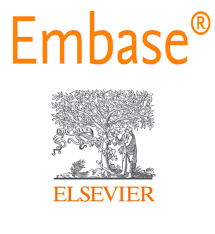Emerging role of digital pathology and Artificial intelligence in early cancer diagnosis
Keywords:
Artificial intelligence, Digital pathology, Cancer diagnosis, Histopathology, Early detection, Diagnostic accuracy, Machine learning, Computational pathology, Whole-slide imaging, Deep learning.Abstract
Background: Early and accurate diagnosis of cancer is critical for effective treatment and improved patient outcomes. Traditional histopathology, while the gold standard, is time-consuming and subject to interobserver variability. The integration of digital pathology and artificial intelligence (AI) offers a promising approach to enhance diagnostic precision, speed, and reproducibility. Aim: To evaluate the diagnostic accuracy, sensitivity, specificity, and efficiency of AI-assisted digital pathology in early cancer diagnosis compared to conventional manual histopathological methods. Materials and Methods: This prospective observational study was conducted from December 2023 to December 2024 at Mahavir Institute of Medical Sciences, Vikarabad. A total of 100 suspected cancer tissue samples were analyzed using both manual histopathological methods and an AI-assisted digital pathology system. Results were compared to assess diagnostic accuracy, concordance (kappa statistic), and turnaround time. Results: AI-assisted analysis demonstrated a diagnostic accuracy of 94%, sensitivity of 95.38%, and specificity of 91.42%. Strong agreement was observed with manual diagnosis (κ = 0.88). AI significantly reduced the average diagnostic time (4.5 minutes per case vs. 12.8 minutes for manual diagnosis). The highest accuracy was observed in breast and gastrointestinal malignancies, with minimal diagnostic discordance (6%). Conclusion: AI-assisted digital pathology shows high concordance with traditional histopathology and offers significant improvements in diagnostic speed and accuracy. With appropriate validation and clinical integration, it can serve as an effective decision-support tool in early cancer detection, particularly in high-volume or resource-limited settings.
.png)









